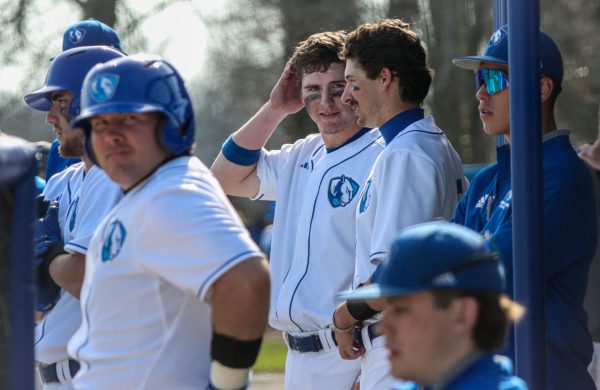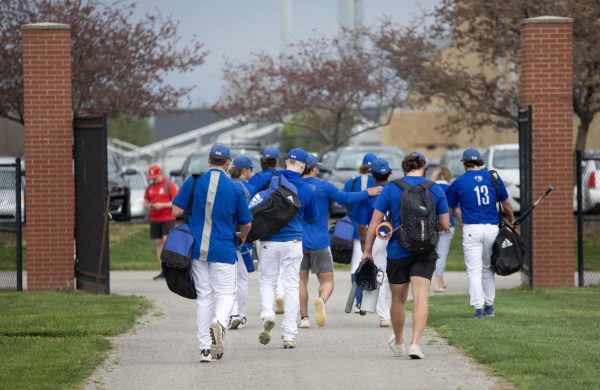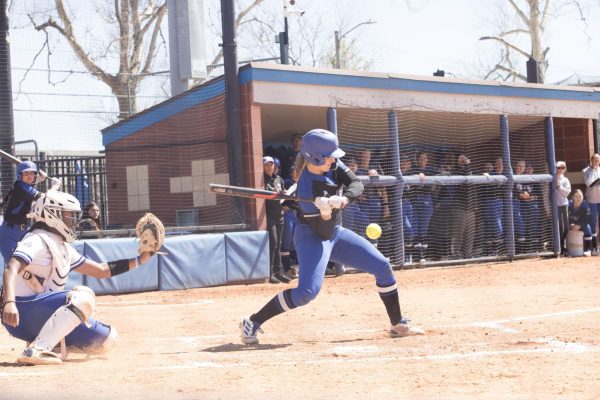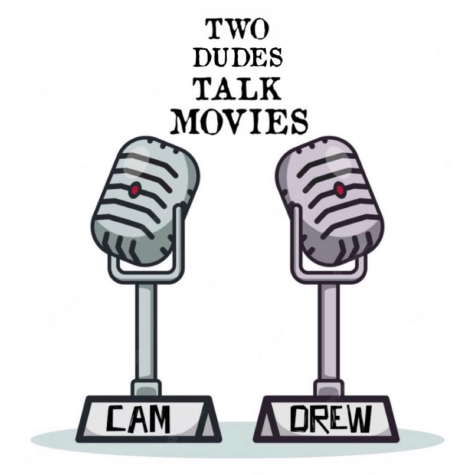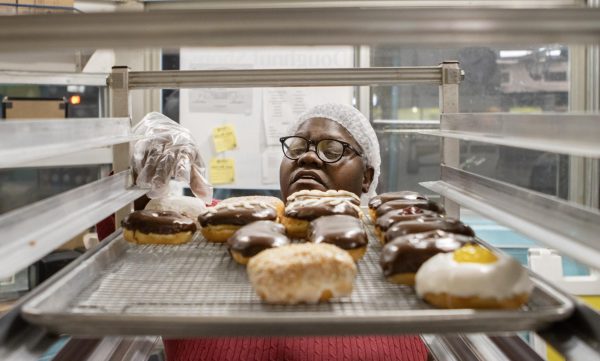Column: Spongebob Squarepants a disgrace to journalism
Children’s shows have life lessons hidden in them all the time, no matter if you’re watching “Dora The Explorer,” “iCarly,” “Wizards of Waverly Place,” or “Spongebob Squarepants.”
Usually these shows teach simple lessons such as the importance of honesty or why it’s bad to be a mean person.
I didn’t expect any of these shows to be any more sophisticated than a moon bounce, but I was wrong.
Thursday, my girlfriend and I were watching an episode of “Spongebob Squarepants” over lunch and stumbled onto an episode about poor news judgment and journalism ethics.
Mr. Krabs was into another one of his ploys to make more money by beginning to publish a newspaper, The Krabby Khronicle.
His lead reporter, Spongebob (who took on the name of Scoop Squarepants in the episode), wrote his first story: “Local resident watches pole.”
In order to compete with the popular news source, The Bottom Feeder, Mr. Krabs didn’t think a news story about Patrick watching a pole was a big selling point.
In this story Spongebob exhibited poor news judgment, which is something we at The Daily Eastern News discuss every day. Daily, we’re faced with decisions. What’s newsworthy? What’s the most important story? Is this or that really news?
At both the Khronicle and the News, a story about a resident watching a pole would be unacceptable and wouldn’t be published.
Before choosing to report on Patrick’s staring contest with the street pole, Spongebob showed that he lacked a keen reporter’s eye. Three situations were presented to him: a bank robbery, a gang attack and a monster in the city. Passing those up is just poor news judgment.
After Mr. Krabs was unhappy with the first story, he started pushing for more sensationalized journalism, which just so happened to be full of lies.
With a lot of pressure on him, Spongebob transformed from the innocent, fun-loving character we know into what disgraced journalist Stephen Glass would look like if he were a sponge.
Spongebob started sneaking around Bikini Bottom taking photos of things he could make up stories about. First, a picture of Mrs. Puff, the boating school teacher, with a cop behind her on the road. This became a story about a high-speed chase.
Second, a photo of a “pipsqueak” punching the muscular Larry the Lobster in his buff chest – something Larry allowed him to do. This story would ruin Larry’s reputation.
Next, a story about the knowledgeable Sandy Cheeks actually being only a dumb squirrel.
Fabricating stories is the bottom of the barrel in journalism. It’s the cardinal sin. Under pressure, that’s what Spongebob did.
Spongebob and Mr. Krabs were so caught up in sensationalizing the news and fabricating stories people would read that they forgot what true journalism is.
We’re taught that as journalists we’re doing a public service. It’s our job to publish important, newsworthy, factual stories to our readers. Journalists’ have ethics – being fair, honest and factual to name a few – and we abide by that code of ethics at the News.
The moral of this episode? Abide by the journalists code of ethics. Or simply, be honest.
Don’t lie to your readers, because when Spongebob writes an article exposing Mr. Krabs and his fabricated newspaper, the readers backlash, and you lose all credibility.
Alex McNamee is a junior journalism major. He can be reached at 581-7942 or [email protected].



































